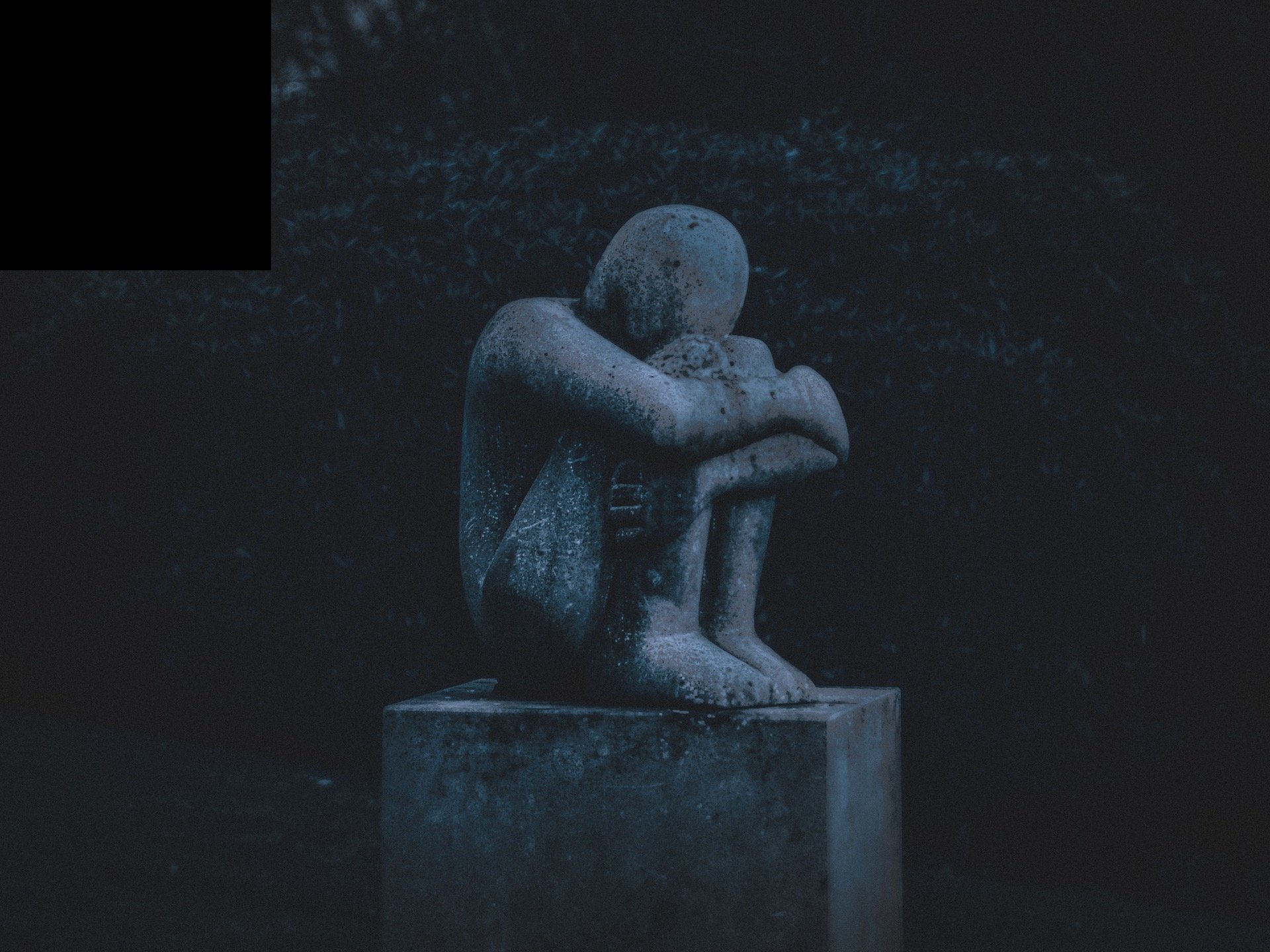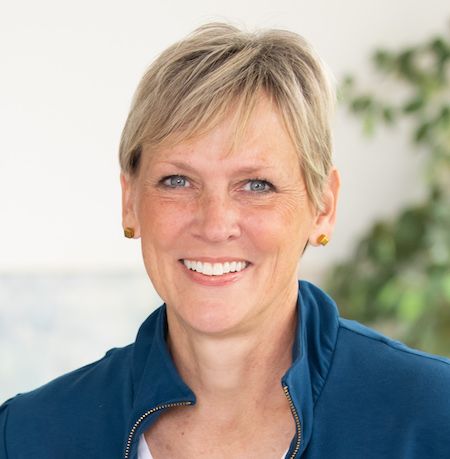When the Human in Me Sees the Human in You
Jun 15
/
Darcy Hansen

For the past four years, I’ve been fascinated with death. Not in a morbid, dark, or sinister way. But rather in a sociological, theological, and biblical way. I want to understand, specifically Evangelical Christian death rituals and how those actions align with professed beliefs. I want to know why those who are grieving feel isolated and alone, especially when they are actively living their faith amongst a community of fellow Christ followers.
We live in a culture that is terrified of death, yet glamorizes and characterizes it through various mediums. In our death-phobic culture, we have medicalized, sanitized, and professionalized death by creating entire industries to remove us from the inescapable reality of death. Because of our distant proximity to death, when the little deaths in life or physical death occur, society and religious structures seek to gloss over the loss with either sweeping platitudes of positivity or defensive redirection. Indeed, new life will emerge, and yes, there are other deaths to be addressed, but to be forced into those truths before their time, leaves us feeling empty, confused, and isolated in our own skin, unable to care for ourselves or others in similar circumstances. When the deep grief that accompanies dying and death is not truly seen or given space to be, our humanity is slowly stripped away, generation after generation.
Often during spiritual direction death is present, as communicated through broken relationships, snuffed out dreams, unmet expectations, loss of employment or health, and death of loved ones. Death is the act of dying; it is an inherent part of our humanity. It is a force woven into creation, and is seen in many ways, such as the changing of seasons or the planting of a seed. Though the sociological and theological perspectives of death and life are complex, full understanding of them is not necessary when sitting with others in spiritual direction. However, what is important is that we be equipped with language and questions for consideration, as well as a deep, embodied empathy for the way death impacts life.
While most people would like to simply die painlessly in their sleep, the truth is we do not get to pick how our lives end. This is especially true in our current climate, as we find ourselves situated in the midst of a pandemic in a country reeling in grief, anger, and pain from the continued unjust deaths of Black individuals in our communities. These individuals join the countless others who die daily of old age, terminal illnesses, or tragic accidents. With each death, countless more mourn.
As spiritual companions living in a death-phobic nation, how are we to respond?
In Die Wise: A Manifesto for Sanity and Soul, palliative care specialist, Stephen Jenkinson repeatedly asks, “What does dying ask of us?” Here are a few of his observations.
Dying asks us:
to be willing to learn and wonder,
to suffer and sit in uncertainty,
to allow our hopes of not dying to collapse and our courage to stop trying to not die to die,
to be sad, weak, and ok to say “enough, already,”
to share our experience with others- honestly, openly, candidly- so one day they will know how to die,
to be faithful listeners, get out of the way, be supple in our understanding, and see things as they truly are,
to speak and give language to what is.[1]
“If you can’t say something, you can’t see it either. Without shared language there is no shared understanding, and therefore there’s no way to be sad together. If we don’t have language for dying, we cannot see dying when its present among us. That means dying people are invisible to themselves and others as dying people, which proves usually to be chief among all the indignities that will be meted out to them during the course of their dying time.”[2]
By denying the reality of death that surrounds us, and glossing over people’s grief with Bible verses, words of resignation, or phrases of positivity, we strip people of their humanity while simultaneously revealing our own inability to be human. To be human is to be born, live, love, laugh, grieve, and die. To be human is to feel the pain of death and endure the suffering and silence that accompanies wading into the unknown of the beyond. To be human is to embrace the truth of what is and say, “The human in me sees the human in you, and it is ok to not be ok.”
What is evident in these days of upheaval and uncertainty is that continuously contained grief becomes combustible. Generations of individuals taught to avoid death at all cost has resulted in less than human people seeing and treating others as less than human people. As spiritual companions, our attentive presence and truthful words provide a weighted reality to the deaths those around us experience. Being present with others as they suffer and sit in uncertainty, while also providing language and space to speak about the unpredictability of grief, is a gift to another’s soul. It is my prayer that we offer our attentive presence generously and compassionately to others who long to be seen as human, and to know that its ok to not be ok.
Notes:
[1] Stephen Jenkinson. Die Wise: A Manifesto for Sanity and Soul. (Berkeley, CA: North Atlantic Books, 2015) 283-284, 290, 292, 298-301, 310, 319, 321, 325.
[2] Ibid., 325 (all emphasis mine).

Darcy Hansen
Darcy is a wonderer and a wanderer who is learning to breathe, listen, and abide within the liminal spaces of life. She holds a Master of Divinity (concentration in Spiritual Direction) and spiritual direction certification from Portland Seminary. She is currently working on her Doctor of Ministry in Leadership and Global Perspectives, at Portland Seminary. Her research focuses on discovering ways to more fully embrace our humanity, so we are better equipped to care for the dying, dead, and grieving in our communities. As a spiritual director, Darcy walks alongside others through the holy and hard of life, seeking the Divine along the way. To learn more, see www.darcylhansen.com.
Darcy is a wonderer and a wanderer who is learning to breathe, listen, and abide within the liminal spaces of life. She holds a Master of Divinity (concentration in Spiritual Direction) and spiritual direction certification from Portland Seminary. She is currently working on her Doctor of Ministry in Leadership and Global Perspectives, at Portland Seminary. Her research focuses on discovering ways to more fully embrace our humanity, so we are better equipped to care for the dying, dead, and grieving in our communities. As a spiritual director, Darcy walks alongside others through the holy and hard of life, seeking the Divine along the way. To learn more, see www.darcylhansen.com.
https://www.darcylhansen.com

